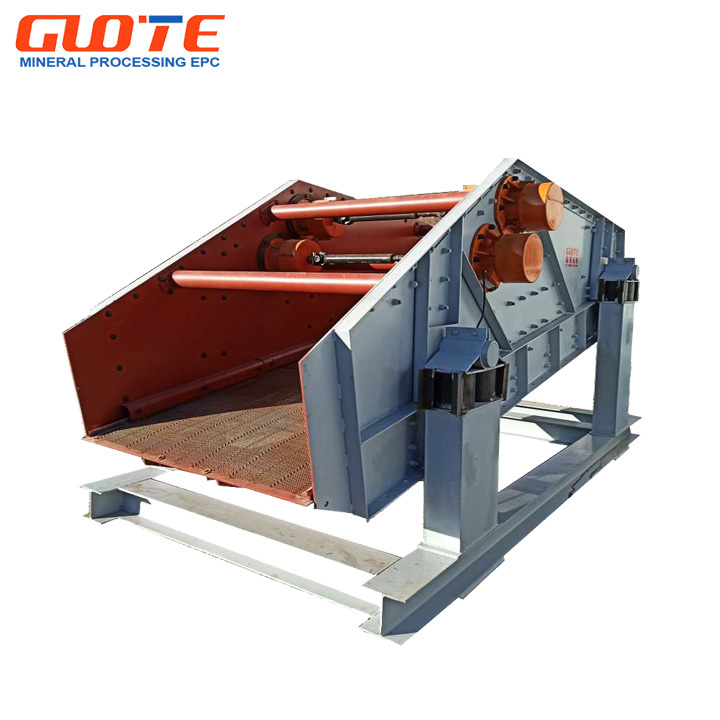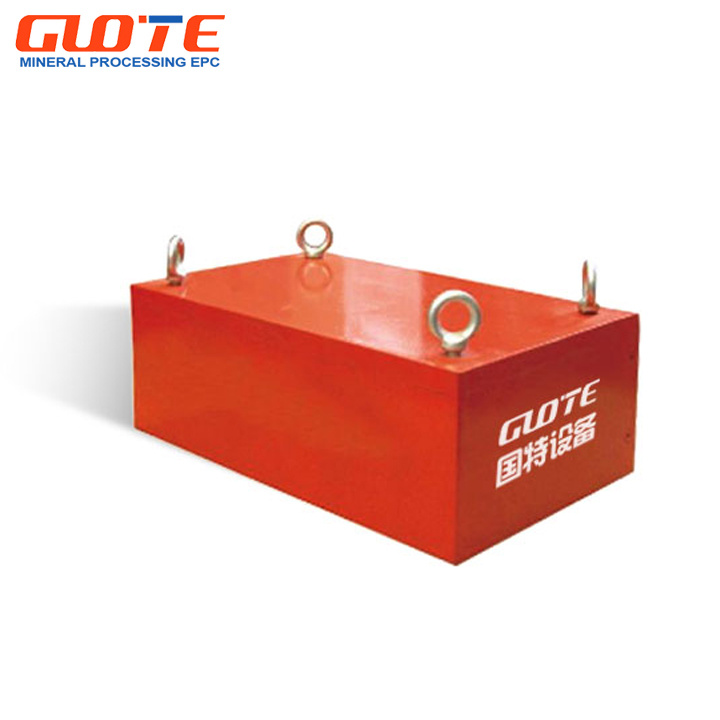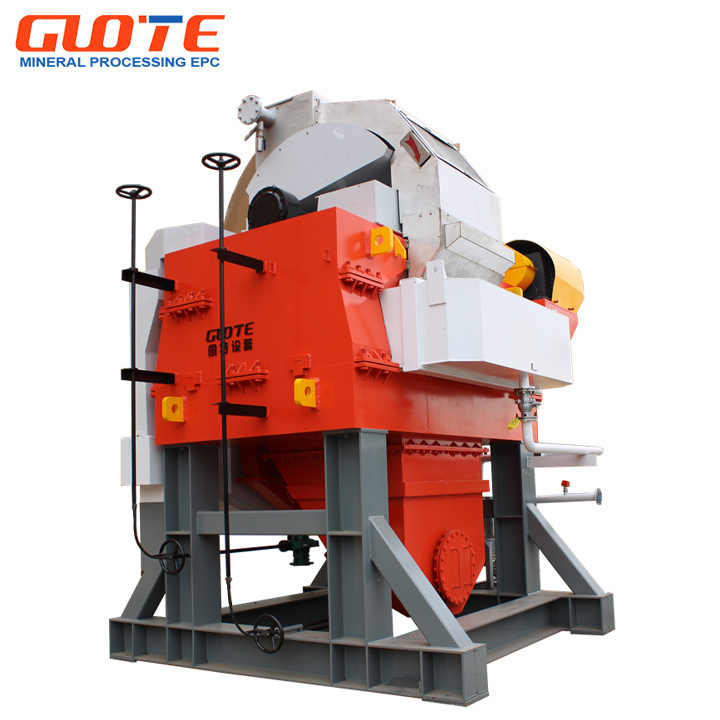Transform Your Production: The Best Dry Type Quartz Slab Sand Making Line
Transform Your Production: The Best Dry Type Quartz Slab Sand Making Line
In the fast-paced world of manufacturing, efficiency and quality are paramount. One of the most significant innovations in the sector is the development of the **dry type quartz slab sand making line**. This advanced machinery not only enhances productivity but also ensures the consistent quality of end products. In this article, we will delve into the various aspects of this technology, including its components, operational efficiency, and major advantages. By the end, you will understand why investing in a dry type quartz slab sand making line is essential for modern manufacturers.
Table of Contents
- Understanding Dry Type Quartz Sand Making
- Key Components of the Dry Type Quartz Slab Sand Making Line
- Advantages of Dry Type Systems Over Wet Systems
- How the Dry Type Quartz Slab Sand Making Line Works
- Applications of Dry Type Quartz Sand in Manufacturing
- Choosing the Right Sand Making Line for Your Production Needs
- Maintenance Tips for Dry Type Systems
- The Future of Dry Type Sand Making Technology
- FAQs about Dry Type Quartz Slab Sand Making Lines
Understanding Dry Type Quartz Sand Making
Dry type quartz sand making refers to the process of producing high-purity quartz sand without the use of water. This method is gaining traction in the industry due to its environmental benefits and operational efficiency. By eliminating water from the equation, manufacturers can reduce costs associated with water treatment and waste disposal. The result is a high-quality product that meets stringent industry standards.
What is Quartz Sand?
Quartz sand is a natural mineral composed primarily of silica (SiO2). Its characteristics, such as hardness and chemical stability, make it an ideal component in various applications, including construction, glass-making, and electronics. In the context of quartz slab production, high-quality quartz sand is essential for creating durable and aesthetically pleasing surfaces.
Key Components of the Dry Type Quartz Slab Sand Making Line
A dry type quartz slab sand making line consists of several key components that work together to produce high-quality quartz slabs. Understanding these components is crucial for optimizing production efficiency.
1. Crushing Equipment
The initial stage of the sand making line involves crushing raw quartz ore into smaller particles. Advanced crushing machines utilize various technologies, including jaw crushers and impact crushers, to achieve the desired particle size. The choice of equipment affects the efficiency and quality of the final product.
2. Screening System
Once the quartz ore is crushed, it undergoes a screening process to separate fine particles from larger ones. This step ensures only the best-quality quartz sand is used in production. Multiple screening stages may be employed to achieve optimum results.
3. Sand Making Machine
The sand making machine plays a critical role in transforming screened quartz into fine sand. Utilizing high-speed rotor technology, these machines crush and shape the material to create uniform sand particles.
4. Dust Collection System
To address environmental concerns, modern dry type quartz sand making lines are equipped with efficient dust collection systems. These systems capture airborne particles during the production process, ensuring compliance with environmental regulations and maintaining a clean work environment.
5. Storage and Packaging Units
Finally, the produced quartz sand is stored and prepared for shipment. Advanced storage solutions ensure that the material remains uncontaminated and is easily accessible for packaging. This step is crucial for maintaining the quality of the final product.
Advantages of Dry Type Systems Over Wet Systems
The choice between dry and wet sand making systems can have a significant impact on the overall production process. Here are some advantages of dry type systems:
1. Environmental Benefits
Dry type systems reduce water consumption, minimizing the environmental impact associated with water treatment and discharge. This approach supports sustainability initiatives within the manufacturing sector.
2. Enhanced Product Quality
Without water, the risk of contamination is significantly reduced, leading to higher purity levels in the final quartz sand product. This purity is essential for applications requiring stringent quality standards, such as electronics and construction.
3. Cost-Effectiveness
Eliminating water usage not only reduces operational costs, but also minimizes expenses associated with wastewater management. As a result, manufacturers can achieve higher profit margins by adopting dry type systems.
How the Dry Type Quartz Slab Sand Making Line Works
The operational process of a dry type quartz slab sand making line is streamlined to maximize efficiency. Here's a step-by-step breakdown of how it works:
1. Raw Material Feeding
Initially, the raw quartz is fed into the crushing equipment where it is broken down into smaller pieces suitable for further processing.
2. Crushing and Screening
The crushed material then moves to the screening system, where it is sorted into various sizes. This ensures that only the appropriate particle size enters the sand making machine.
3. Sand Making
In this phase, the screened material is fed into the sand making machine, which uses high-speed rotors to crush the particles into fine sand. The result is a uniform particle size that meets industry requirements.
4. Dust Control
As the sand is produced, dust collection systems work to capture any airborne particles, keeping the production area clean and compliant with health regulations.
5. Quality Control
Throughout the entire process, stringent quality control measures are implemented to ensure that the final product meets the highest standards. Regular testing for purity and particle size is conducted to maintain product consistency.
Applications of Dry Type Quartz Sand in Manufacturing
Dry type quartz sand produced from modern sand making lines has a wide array of applications across different industries.
1. Construction Industry
Quartz sand is a key ingredient in the production of concrete, mortar, and other construction materials. Its durability makes it ideal for high-strength applications.
2. Glass Manufacturing
High-purity quartz sand is essential for producing glass products. The absence of impurities ensures transparency and strength in the final product.
3. Electronics
Quartz sand is utilized in the electronics industry for manufacturing semiconductors and other high-tech components. The purity of the material directly impacts the performance of electronic devices.
4. Water Filtration
Due to its chemical stability and hardness, quartz sand is often used in water filtration systems. It effectively removes impurities from water, ensuring safe drinking water.
5. Artificial Stone Production
Dry type quartz sand is a critical component in the production of engineered stone surfaces, providing aesthetic appeal and durability.
Choosing the Right Sand Making Line for Your Production Needs
Selecting the appropriate dry type quartz slab sand making line depends on various factors, including production capacity, quality requirements, and budget constraints. Here are some considerations to keep in mind:
1. Production Capacity
Evaluate your production needs to determine the appropriate throughput capacity of the sand making line. Consider both current requirements and future growth potential.
2. Quality Standards
Identify the purity and particle size specifications required for your application. Ensure that the sand making line you choose can consistently meet these standards.
3. Technological Features
Look for advanced technological features, such as automation and real-time monitoring systems, that can enhance efficiency and reduce operational costs.
4. Budget
Factor in both the initial investment and long-term operational costs when selecting a dry type quartz slab sand making line. Compare different manufacturers and models to find the best value.
Maintenance Tips for Dry Type Systems
1. Regular Cleaning
Maintaining cleanliness in the production area helps prevent contamination and equipment malfunction. Schedule regular cleaning of equipment to keep it in optimal condition.
2. Routine Inspections
Conduct routine inspections of all components, including crushing machines and dust collection systems, to identify potential issues before they escalate.
3. Lubrication
Ensure that all moving parts are adequately lubricated to prevent wear and tear. Regular lubrication can significantly extend the life of the machinery.
4. Employee Training
Train your staff on proper operational procedures and maintenance practices to minimize risks and ensure smooth operation of the sand making line.
The Future of Dry Type Sand Making Technology
The demand for high-quality quartz sand is expected to grow in various industries, leading to advancements in dry type sand making technology. Future trends may include:
1. Automation and AI Integration
Incorporating artificial intelligence and automation into dry type quartz sand making lines can enhance efficiency, reduce downtime, and optimize production processes.
2. Sustainability Initiatives
As industries prioritize sustainability, future developments may focus on creating even more eco-friendly sand making technologies that further reduce water usage and energy consumption.
3. Enhanced Quality Control
Emerging technologies may offer improved quality control measures, allowing manufacturers to monitor product quality in real-time and make instant adjustments to production parameters.
FAQs about Dry Type Quartz Slab Sand Making Lines
1. What is the primary benefit of using a dry type quartz slab sand making line?
The primary benefit is the reduction of water usage, leading to lower operational costs, minimized environmental impact, and enhanced product quality.
2. How does a dry type system compare to a wet system?
Dry systems eliminate the need for water, reducing costs and contamination risks, while wet systems require significant water management efforts.
3. What types of industries benefit from dry type quartz sand?
Industries such as construction, glass manufacturing, electronics, and water filtration benefit significantly from high-quality dry type quartz sand.
4. What maintenance is required for a dry type quartz sand making line?
Regular cleaning, routine inspections, lubrication of moving parts, and employee training are essential for optimal performance.
5. What are the key components of a dry type quartz slab sand making line?
The key components include crushing equipment, screening systems, sand making machines, dust collection systems, and storage/packaging units.
Conclusion
Investing in the **best dry type quartz slab sand making line** is a crucial step toward transforming your production capabilities. With its numerous advantages, including enhanced product quality, reduced environmental impact, and cost savings, this innovative technology is essential for manufacturers aiming to stay competitive in today's market. By understanding how these systems work and their applications, businesses can make informed decisions that will lead to greater efficiency and success in their operations. Embrace the future of manufacturing by integrating a dry type quartz sand making line into your production process, and witness the positive impact it has on your overall productivity and profitability.
best Dry type quartz slab sand making line
Previous Page
Previous Page
Related Products
Related News






